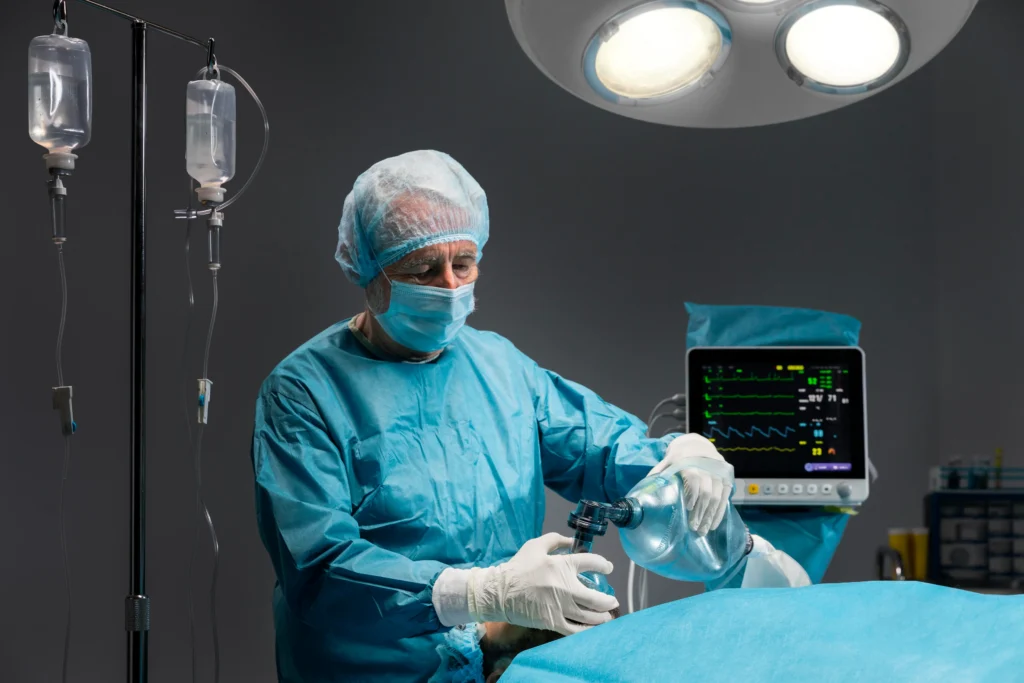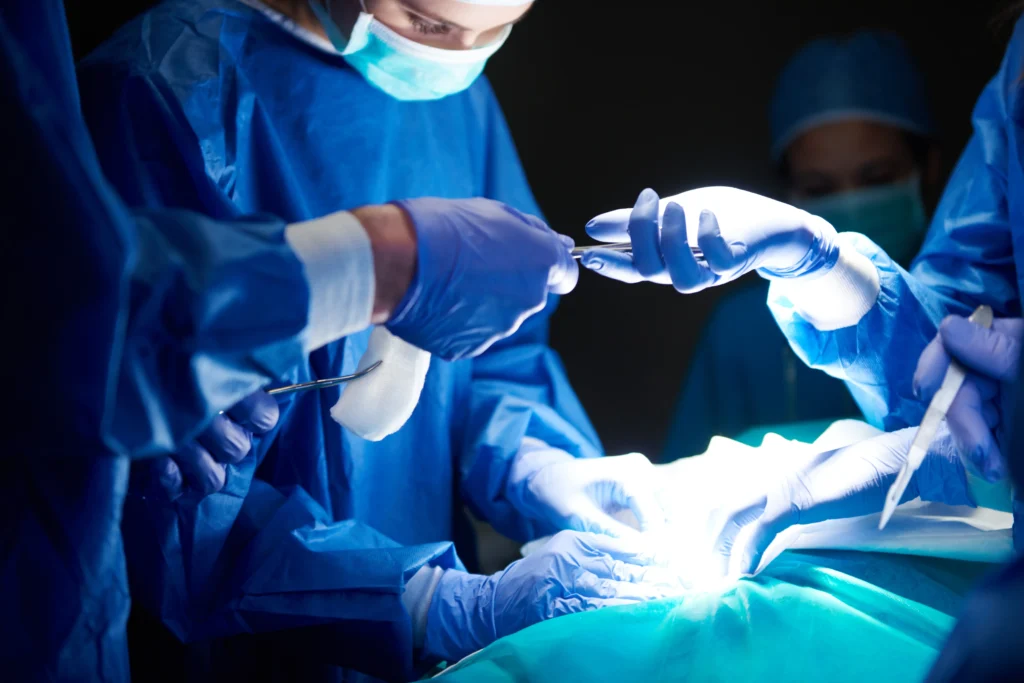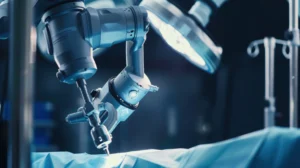Introduction When you think of surgery, images of complex procedures and high-risk operations may come to mind. However, general surgeons perform a wide variety of routine procedures, many of which are minimally invasive and essential to everyday health care. These surgeries cover multiple systems of the body and are performed in both emergency and elective settings.
Understanding the most commonly performed surgeries can help ease anxiety, improve preparedness, and make post-operative recovery smoother. Below are the ten most frequent procedures performed by general surgeons and what patients should know about them.
1. Appendectomy (Appendix Removal) An appendectomy is the surgical removal of the appendix, most commonly due to acute appendicitis. It is often performed on an emergency basis when the appendix becomes inflamed and poses a risk of rupture.
Most procedures are done laparoscopically, which means smaller incisions, minimal scarring, and a faster recovery. The key benefit is preventing serious complications like infection or peritonitis.
2. Cholecystectomy (Gallbladder Removal) This surgery involves removing the gallbladder, typically due to gallstones or inflammation. Performed laparoscopically in most cases, a cholecystectomy helps relieve pain, nausea, and digestive issues caused by gallstones blocking the bile ducts.
It is a highly common outpatient procedure and one that significantly improves quality of life for those with chronic gallbladder issues.
3. Hernia Repair Hernias occur when tissue pushes through a weak spot in the muscle or connective tissue. General surgeons often repair inguinal (groin), umbilical (belly button), or incisional hernias using surgical mesh to reinforce the abdominal wall.
Depending on the size and location, hernia repair may be performed through open or laparoscopic techniques, both of which are highly effective and safe.
4. Colectomy (Colon Resection) In cases of colon cancer, diverticulitis, or inflammatory bowel disease (IBD), general surgeons may remove part or all of the colon. Known as a colectomy, this procedure is sometimes done laparoscopically but may require open surgery in more complex cases.
Recovery varies depending on the extent of the resection, but many patients go on to live normal, healthy lives after surgery.


5. Mastectomy or Lumpectomy Surgeons frequently perform breast surgeries, either to remove cancerous tissue or for diagnostic biopsies. A lumpectomy removes the tumor while conserving the breast, while a mastectomy involves removal of one or both breasts.
These procedures are often done in collaboration with oncologists and plastic surgeons as part of a comprehensive cancer care plan.
6. Hemorrhoidectomy When conservative treatment fails, surgical removal of hemorrhoids becomes necessary. A hemorrhoidectomy is a simple outpatient procedure that relieves pain, itching, and bleeding caused by swollen or thrombosed hemorrhoids.
Recovery takes about one to two weeks, with noticeable relief from symptoms shortly after.
7. Thyroidectomy (Thyroid Removal) General surgeons sometimes remove part or all of the thyroid gland due to goiter, nodules, or thyroid cancer. This procedure requires meticulous technique to avoid damaging surrounding nerves and glands.
Patients may require lifelong thyroid hormone replacement but often experience improved breathing, swallowing, or metabolic function.
8. Laparoscopic Diagnostic Surgery When imaging is inconclusive, general surgeons use laparoscopy to look inside the abdomen. This minimally invasive technique involves small incisions and a camera, allowing for accurate diagnosis of conditions like endometriosis, internal bleeding, or abdominal masses.
It is a valuable tool that often leads to prompt, definitive treatment.
9. Skin Lesion and Tumor Removal Surgeons routinely remove skin tags, cysts, lipomas (benign fatty tumors), and suspicious moles or lesions. While these may seem minor, surgical removal ensures complete excision and provides tissue for biopsy when necessary.
For patients, this offers both peace of mind and aesthetic relief, especially when lesions are visible or irritating.
10. Abscess Drainage Abscesses, which are pockets of pus caused by infection, often require incision and drainage. This procedure relieves pressure, reduces pain, and prevents the spread of infection to deeper tissue.
General surgeons perform this either in-office or under anesthesia, depending on the severity and location.
Conclusion These top ten surgeries represent the core of what general surgeons do: restore function, alleviate pain, and prevent complications. What they all have in common is a need for precise surgical judgment, experience, and a patient-focused approach.
With advancements in laparoscopic and robotic surgery, many of these procedures are now less invasive, offering faster recovery times, fewer complications, and minimal scarring.
At Elijah Mobley M.D. Inc, our approach blends surgical precision with compassionate care. We help patients navigate their surgical journey from evaluation to recovery, ensuring they feel confident every step of the way.
Have symptoms or questions? Schedule a consultation today and take control of your health with expert guidance.






